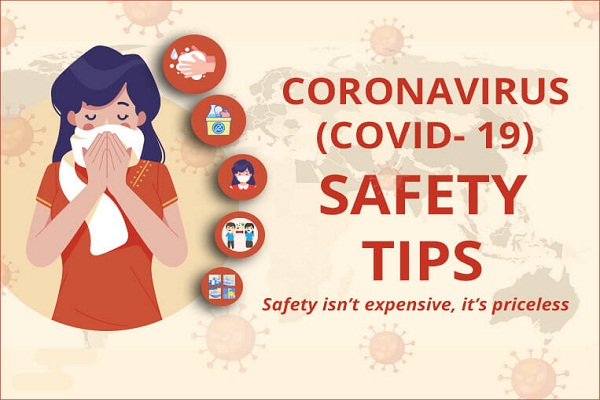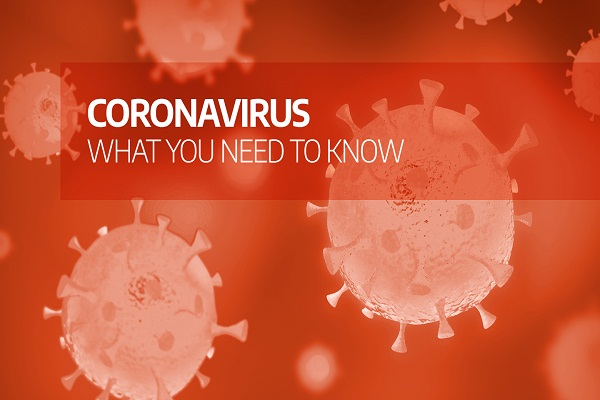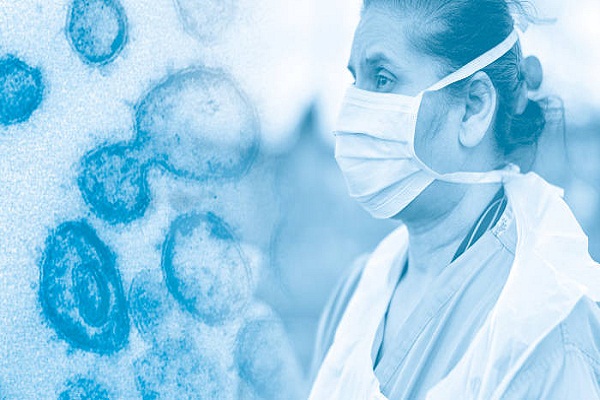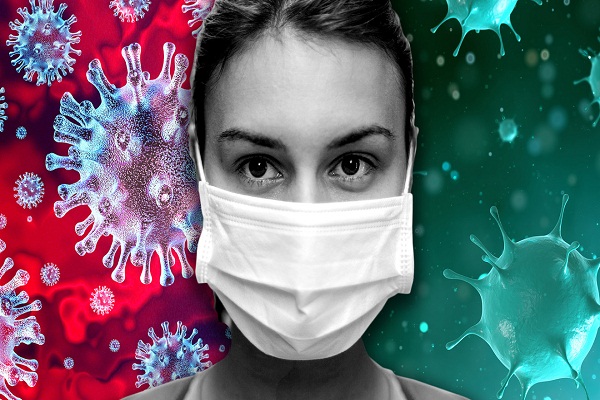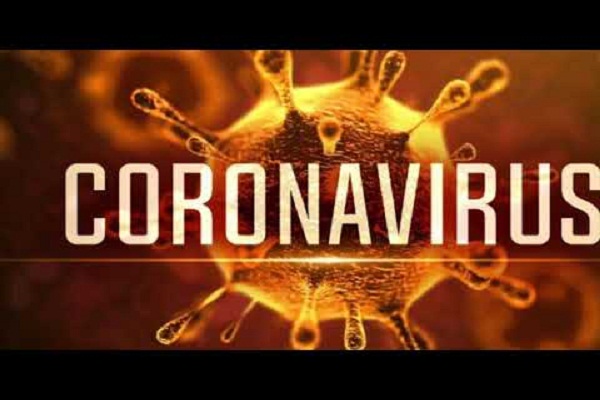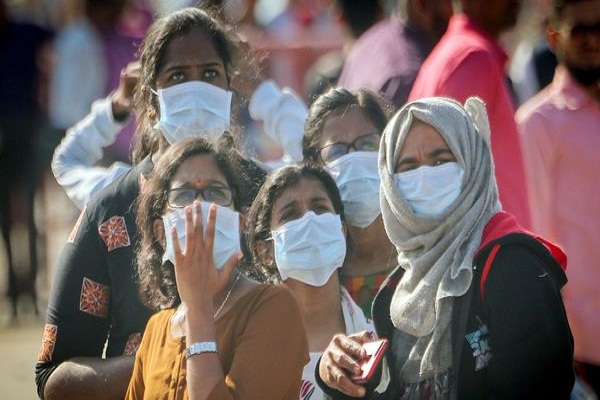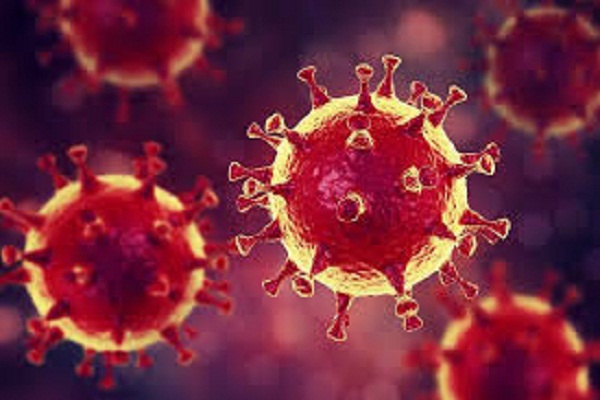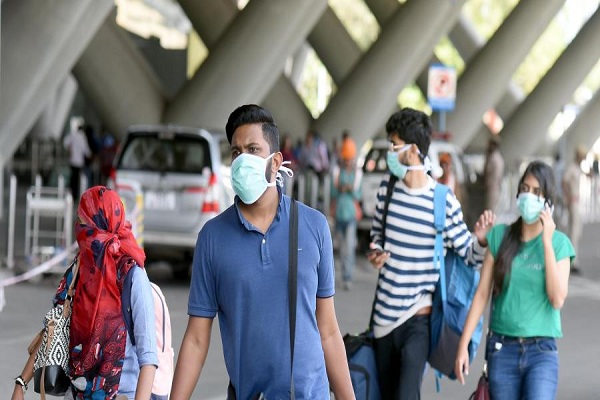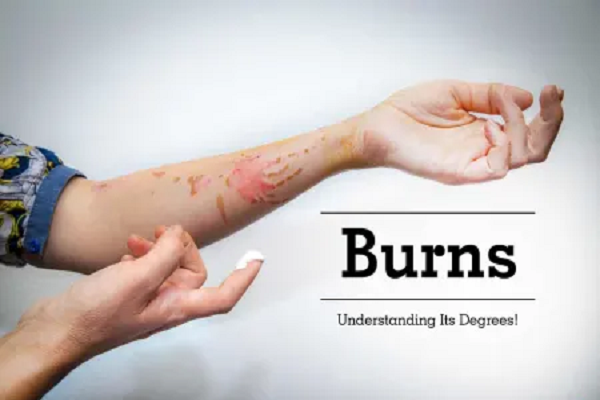
Majority of the burns are preventable with good safety precautions and education. They often occur at home, involving women and children. In villages, cooking on stoves or fires is a major hazard. Fire safety should be part of every home, public place or industry and children should be taught how to keep themselves safe from these dangers.
Everybody should be aware of the first aid procedures, as first aid given in time can reduce the severity of the burn appreciably.

First remove the heat source, look for associated trauma and remove the non sticking garments.

Do not try to remove the charred clothing sticking to the skin. If the persons clothes have caught fire put out the flames by whatever means available. Do not allow the flames to spread.

Lay him down quickly on the ground and wrap tightly with any thick piece of cloth.

Smother the flame by gently rolling the victim or by patting over the covering.
Cool the burn with cool, clean water as soon as possible.
Cool water eases the pain, removes the heat and lowers the temperature in the injured tissue. This prevents further injury to the skin.
Also read: Natural remedies for minor burns
Cooling can be effective for 30 – 60 minutes after the injury. The patient must be kept warm.
In extensive burns, cool for no longer than 5 minutes, especially in babies and children.
Wrap the wound in a clean towel and take the patient to medical care facility for treatment.
Leave the face exposed to air.
In chemical burns wash the affected part with running cold water for 10 – 15 minutes, to remove all traces of the chemical.
At the same time remove any contaminated clothing. The patient should be transported without any delay to the nearest hospital.
Early skin grafting of burns is a well tried and tested technique and is done all over U.S.A. and Europe and in a few centres in India.
The advantages of this technique:
It reduces the chances of getting an infection.
Our skin is our greatest defence against infection as it prevents the infecting organism from entering our body.
When this skin barrier is lost due to burn, the patient becomes susceptible to infection.
The earlier the skin is restored (by grafting), the chance of infection will be lesser.
It prevents the formation of contractures and thus deformity. It is specially very useful for burns involving the joints, face and hands.
Reduces the hospital stay and is cost effective.
Also read: World’s smallest device to prevent skin cancer
Limitations of this procedure are that it needs to be done in a good set up with good operating equipment and other facilities and the surgeon should be well experienced in this technique.
Thus with early skin grafting of burns we can prevent deformity and disability and make the patient mobile and functional soon. This can go a long way in reducing the pain and horror that traumatises a burn patient.
Initial management of a burn patient
It involves resuscitation of the patient for shock, taking care of the fluid balance and preventing infection.
The long term management involves preventing the formation of contractures as any other subsequent deformity.
Earlier, the contractures were initially allowed to form and treated with skin grafting at a later date.
These days early skin grafting can be done within the first week ( specially for face, hand and joint surface burns ) if the patient is stable, which prevents the formation of contractures.
Skin grafting involves taking skin from the healthy areas of the body ( usually the thigh area if it is not involved ), meshing it and putting it on the wound. The donor area also heals with new skin growth.
BURN SCARS
Except for the superficial dermal burns, all deeper burns like deep dermal and full thickness heal by scarring.
This scarring can only be minimised by various physical therapy measures and plastic surgical procedures but not eliminated completely.
The scarring may be hypertrophic, keloid, stable or unstable, depigmented or hyperpigmented.
The scars may turn malignant as well. The post-burn scars are inevitable in deeper burns in case early tangential excision and skin grafting has not been done.
If such burns are treated with dressings alone, they eventually heal with contraction resulting in Burn scar contracture.
When skin is burned, the surrounding skin begins to pull together, resulting in a contracture. It needs to be treated as soon as possible because the scar can result in restriction of movement around the injured area and can cause disability if it happens to be on a joint surface.
Most of these patients also complain of itching on the healed burn and split-skin donor sites and need prescription of antihistaminic drugs at least at bed time.
Itching must be prevented not only to make the patient comfortable but also to break the cycle and ulceration.
The burn scars can be managed with moisturizing lotions, pressure garment therapy, silicon sheet treatment, application of silicon gels, etc.
Latest modalities are fractional laser treatment of burn scars and fat injection into the scars. However if there is scar contracture which is restricting the movement of a joint, it needs excision and skin grafting followed by physiotherapy.
Very severe hypertrophic scars which are not responding to other treatments, may also need skin grafting.
Fat injection or lipo injection to improve the quality of burn scar is the latest tool in the hands of a plastic surgeon.
The fat contains regenerative cells including adult stem cells and helps in modulation of post burn scars. Fat injections use processed fat from the patient’s own body to the hypertrophic and itchy burn scars.
Fat grafting does result in dermal regeneration according to various studies. The procedure also is known as subcision and microlipoinjection or autologous fat transplantation.
Fat cells are removed by liposuction from the donor area like around the navel or from the thighs or buttocks by using a cannula attached to a syringe.
The fat cells are cleansed and processed, and then injected into the scar area using a blunt needle and syringe. Fat grafting also improves the skin grafted areas of deep burn scars. All three types of fat; millifat, microfat and nanofat can be used for burn scars depending upon the type of scar.
(Disclaimer: Writer is Dr Anup dhir , Consultant, Cosmetic Surgeon, Apollo Hospital. Views expressed are a personal opinion.)
Be a part of Elets Collaborative Initiatives. Join Us for Upcoming Events and explore business opportunities. Like us on Facebook , connect with us on LinkedIn and follow us on Twitter , Instagram.
"Exciting news! Elets technomedia is now on WhatsApp Channels Subscribe today by clicking the link and stay updated with the latest insights!" Click here!






